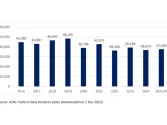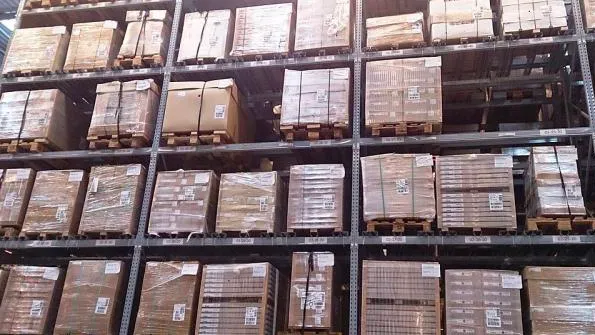
Occupied warehouse space in Bangkok rises 2.8% to over 5.5m sqm in H2 2024
Market demand for ready-built warehouses remained robust.
While demand for warehouse space in Bangkok in H2 2024 remained positive, it was not as strong as in the previous half, indicating a slight slowdown in leasing momentum. According to a Knight Frank report, leasing activity saw a steady improvement in 2024 despite a decline of net absorption from 529,000 sq m. in H1 2024 to around 300,000 sq m. in H2 2024.
“Nevertheless, a positive net absorption indicates that market demand for ready-built warehouses remains relatively robust. As a result, the total occupied space increased slightly to approximately 5.56 million sq m., marking a 2.8% H-o-H growth,” the report said.
Here’s more from Knight Frank:
Prominent sectors such as e-commerce, third-party logistics (3PL), FMCG, and automotive continued to drive demand for warehouse space in H2 2024, sustaining their position as key occupants. This year, the electric vehicle (EV) sector experienced a significant surge in demand, fueled by increased production and global sustainability efforts. The cold storage segment also maintained robust growth, driven by rising needs in food and pharmaceuticals for temperature-controlled logistics.
There was constant occupancy growth throughout H2 2024 with the overall occupancy gaining 0.7 percentage points (pts) H-o-H at 86.5%, signifying stable demand for logistics real estate. However, market performance varied across regions, with some areas experiencing significant shifts in occupancy levels.
In the Bangkok Metropolitan Region (BMR), occupancy also steadied and moved up by 0.4 pts H-o-H at 91.1%, reinforcing the position of the prime spot for logistics space. This reflects the constant demand of the high-value and the e-commerce sector although at a slower growth compared with the previous few years.
There has been a boost in the Eastern Economic Corridor (EEC), with occupancy advancing 2.8 pts H-o-H at 82.3%. This has been supported by demand growth arising from the development of the EV and electronics manufacturing business and government incentives that aim at making the area a strategic industrial base.
In addition, the ongoing improvement of the port facilities and transport links has also contributed to the allure of the EEC for logistics activities.
Conversely, the Central Region experienced a downturn with occupancy falling by 3.1 pts H-o-H and 3.3 pts Y-o-Y to 83.8%. The region recorded negative net absorption of -32,513 sq m, reflecting a slowdown in tenant activity and increased space vacancies.

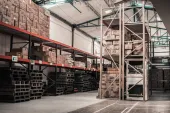


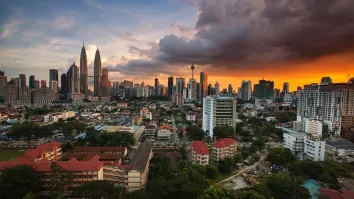
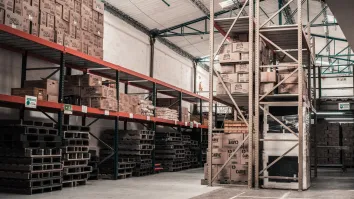

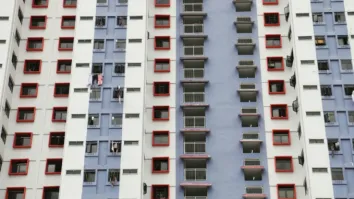

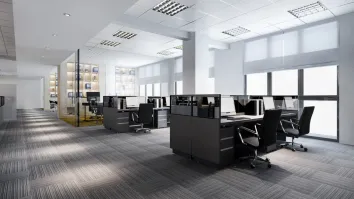



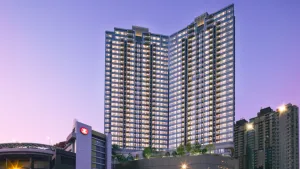
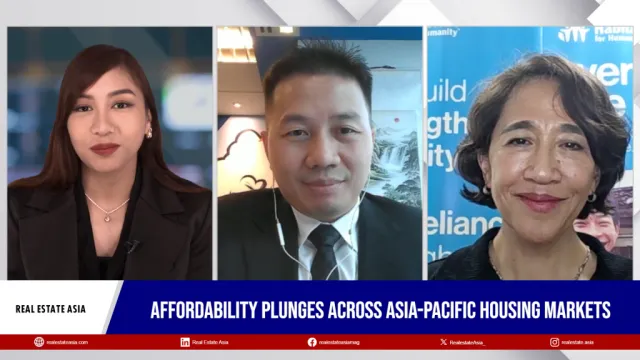

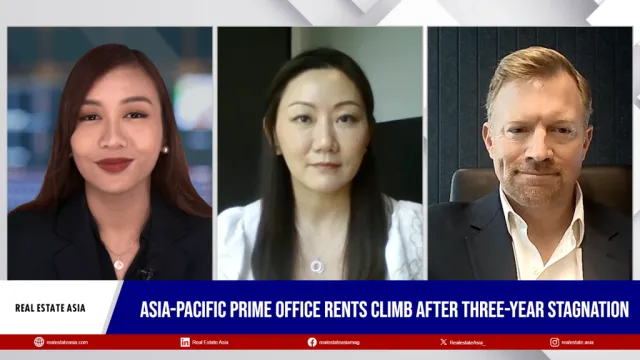

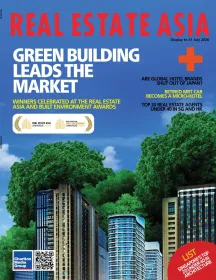
 Advertise
Advertise
